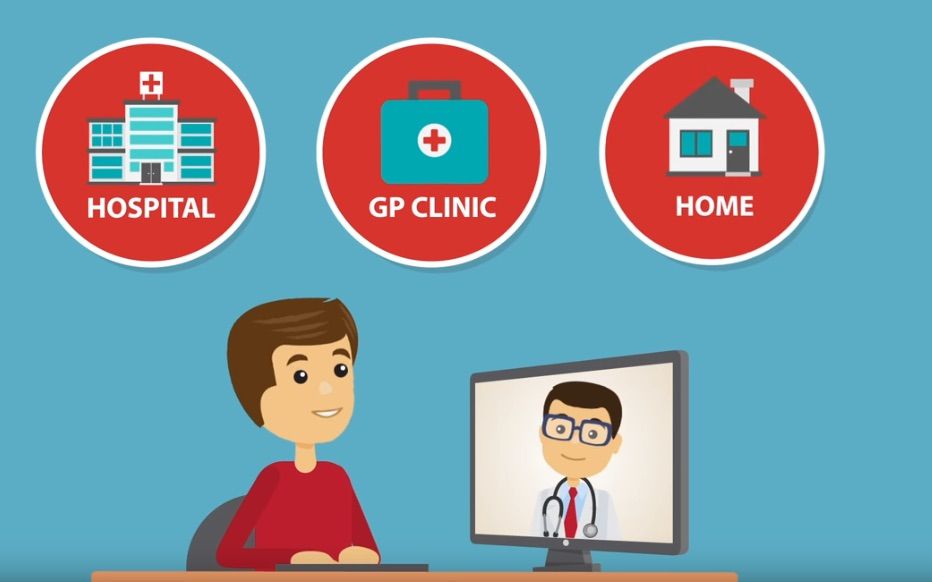
COVID-19 “exposed weaknesses” in Australia’s healthcare system but has accelerated welcome change in certain areas, according to a leading national peak body. Healthcare companies and organisations must accept the ‘new normal’ and react to the needs of consumers that disengaged from healthcare when the pandemic struck.
Welcome change
Speaking in a Continuity of Care Collaboration (CCC) webinar, the Consumers Health Forum of Australia (CHF) cites adoption of telehealth and cooperation between public and private hospitals among the key improvements.
Cooperation between public and private healthcare providers seemed less likely before the pandemic but recent success demonstrates how robust Australia’s health system is when the two parts function efficiently. How your device or medicine can help achieve this equilibrium is a powerful message that can underpin your political engagement or applications for access.
Telehealth was once a nice side dish, it is now very much part of the main course, reflected in last month’s federal budget that saw a six-month extension of Medicare subsidies for telehealth consultations, worth $2.4 billion.
Telehealth is here to stay and has highlighted the need for a broader strategy not just to live with the virus but manage chronic diseases long-term. Experts from the University of Queensland believe store-and-forward (collection and sending of clinical information online) and remote patient monitoring “hold significant potential for enhancing the long-term management of chronic conditions and ensuring easier access to specialist health services through a better-connected health system.”
Those health companies that can find technological solutions to deliver healthcare and better engagement with consumers will be well positioned for the future.
Weaknesses exposed
CHF’s CEO Leanne Wells says the pandemic highlighted a number of issues in the health system, magnified by a lack of pandemic preparedness, including:
The webinar was one in an ongoing series hosted by the CCC, of more than 40 peak bodies, industry and healthcare organisations, stressing the need for people to continue to monitor their health status. The collaboration’s campaign won Best Public Health Initiative at the Prime Awards in September.
COVID consumer trends
CHF’s study was integral to the CCC, finding that 52% of Australians were avoiding healthcare during COVID-19, with visits to GPs and allied health professionals and pathology testing among the worst affected areas.
Other studies supported this concerning trend; Breast Cancer Network Australia conducted a large survey after the first wave and found that patients experienced changes or delays to diagnosis and treatment services during the COVID-19 pandemic, especially for allied health and counselling services and follow-up appointments.
COVID-19 changed the way many patients engaged with healthcare providers, including appointments being held via telehealth and a majority of respondents reported some level of anxiety about their care being affected by the pandemic.
Concerns driving consumer behaviour
CHF reported a range of factors driving consumers away from healthcare, the sheer number of concerns highlighting the scale of the challenge for a health system presented with a pandemic.
The most common included:
How a communications campaign created change
The CCC implemented the Don’t Wait Mate in response to concerning data that showed a decrease in patient attendance at various health services across Australia.
The purpose of the campaign was to raise awareness of the importance of continuing regular healthcare and to ensure that Australians feel safe and confident to access care during the pandemic.
This was achieved through building a coalition, research (surveys), traditional media, social media and political engagement that resulted in a number of high-profile politicians urging consumers, Don’t Wait Mate.
CHF believes more research needs to be done to ascertain whether delays in accessing care persisted after the campaign, but indications suggest “this seems to have reduced in most states as levels of COVID in the community decreased.” Early lab figures show the decrease in patient attendance for pathology tests during the second wave in Victoria was around half that seen during the first wave.
Schedule a Zoom meeting to learn more about implementing a multi-channel campaign to demonstrate how your device or medicine can support the ‘new normal’ for health consumers.